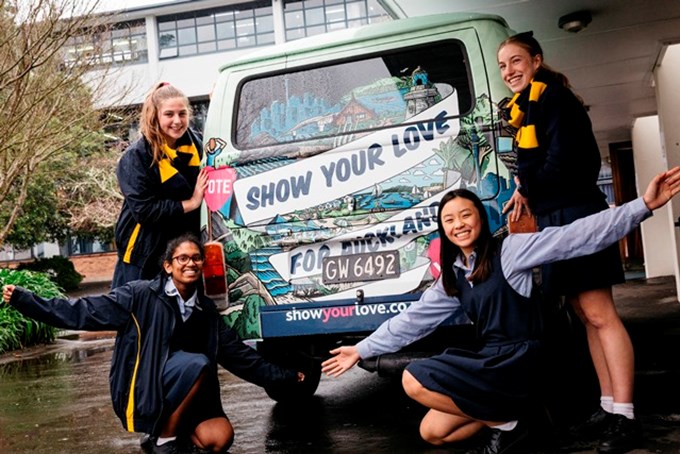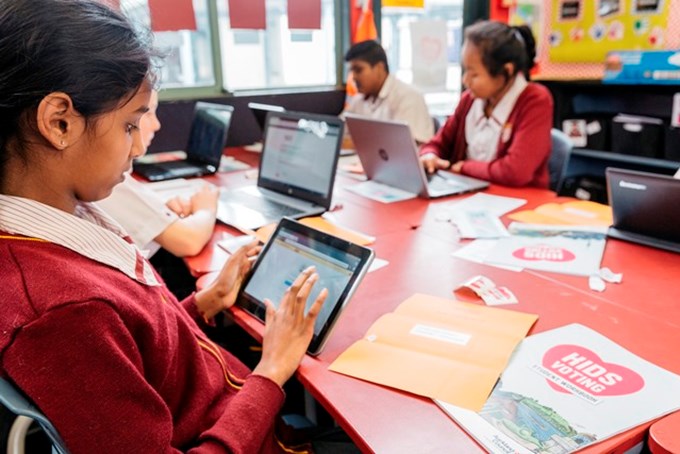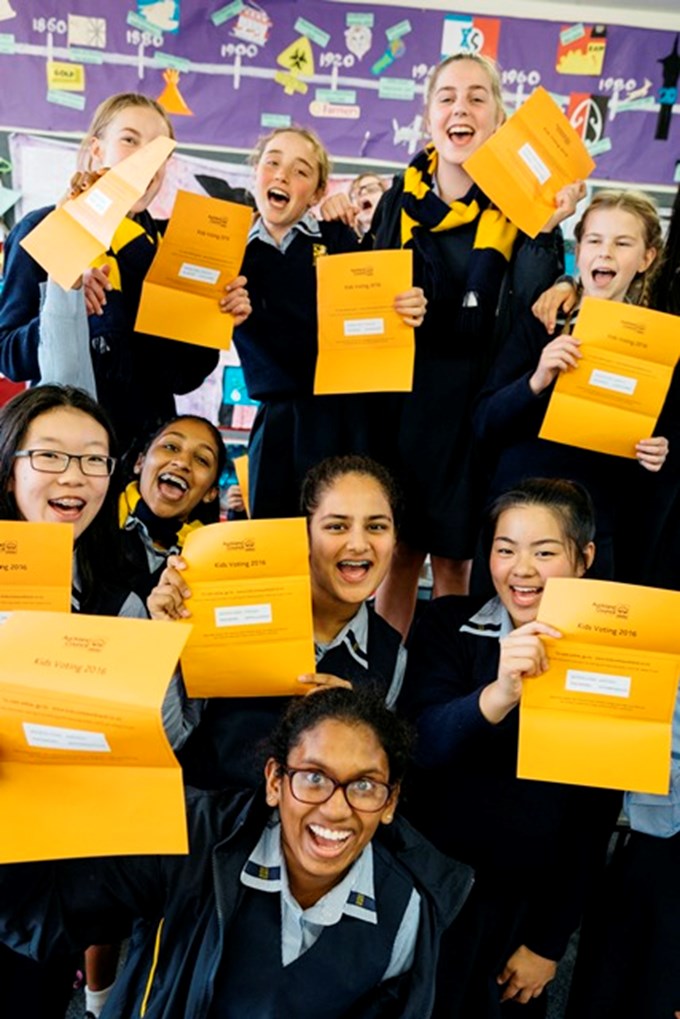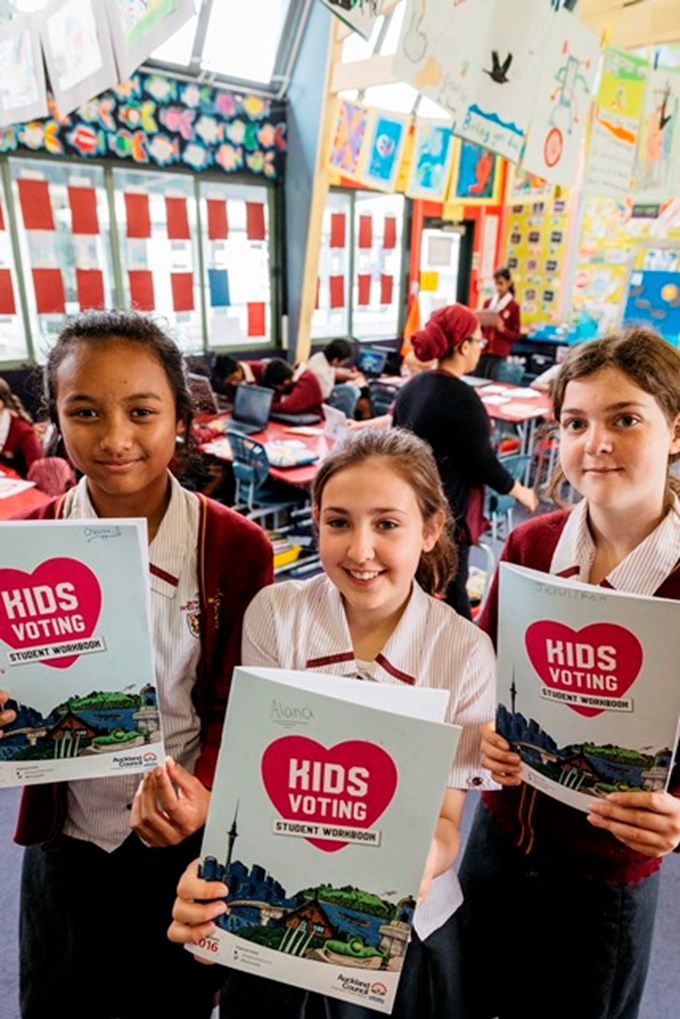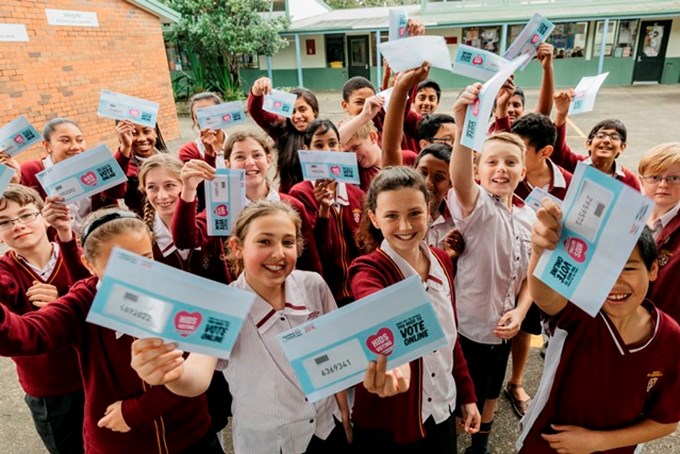Phil Goff was a winner with students taking part in the 2016 Kids Voting election programme. But his winning majority of just 463 votes over his closest rival 22- year-old Chloe Swarbrick, was much slimmer than the 75,891 over Vic Crone in the mayoralty race.
Kids Voting runs in parallel with the real local body elections and this year the students’ candidate choices were, on the whole, consistent with those of eligible voters from across the region.
The young candidates including Tessa Berger and Caitlin Watson were particular favourites with students; each received the highest number of kids’ votes in their respective local boards.
“It was great to see the students so involved in the voting process and the feedback has been outstanding, with kids telling us that they find it really easy to vote on line,” says Marguerite Delbet, Auckland Council General Manager Democracy Services.
Online voting was introduced for Kids Voting in 2013 and Ms Delbet says the new generation won’t know how to vote any other way.
“We need to move with the times and online voting could help us engage better with young people,” she says.
Students were also asked to complete a referendum question on the proposal to introduce new smoke free areas as part of the Smokefree Auckland initiative being rolled out by Auckland Council.
Kids Voting students selected dining areas as their first preference for smoke free spaces followed by urban centres, beaches and sports clubs.
This year Auckland Council reached a record number of future voters with almost 5,000 students aged between 11 and 15 voting for actual candidates who stood in the 2016 local elections. The wider programme saw 11,730 students sign up to learn about Auckland Council, why voting is important and how to vote.
Kids Voting, which has been running since 2001, saw an increase of 1,282 students cast their votes this year over the week long voting period, with a turn-out of 42 per cent, slightly higher than the turn-out for adults.

